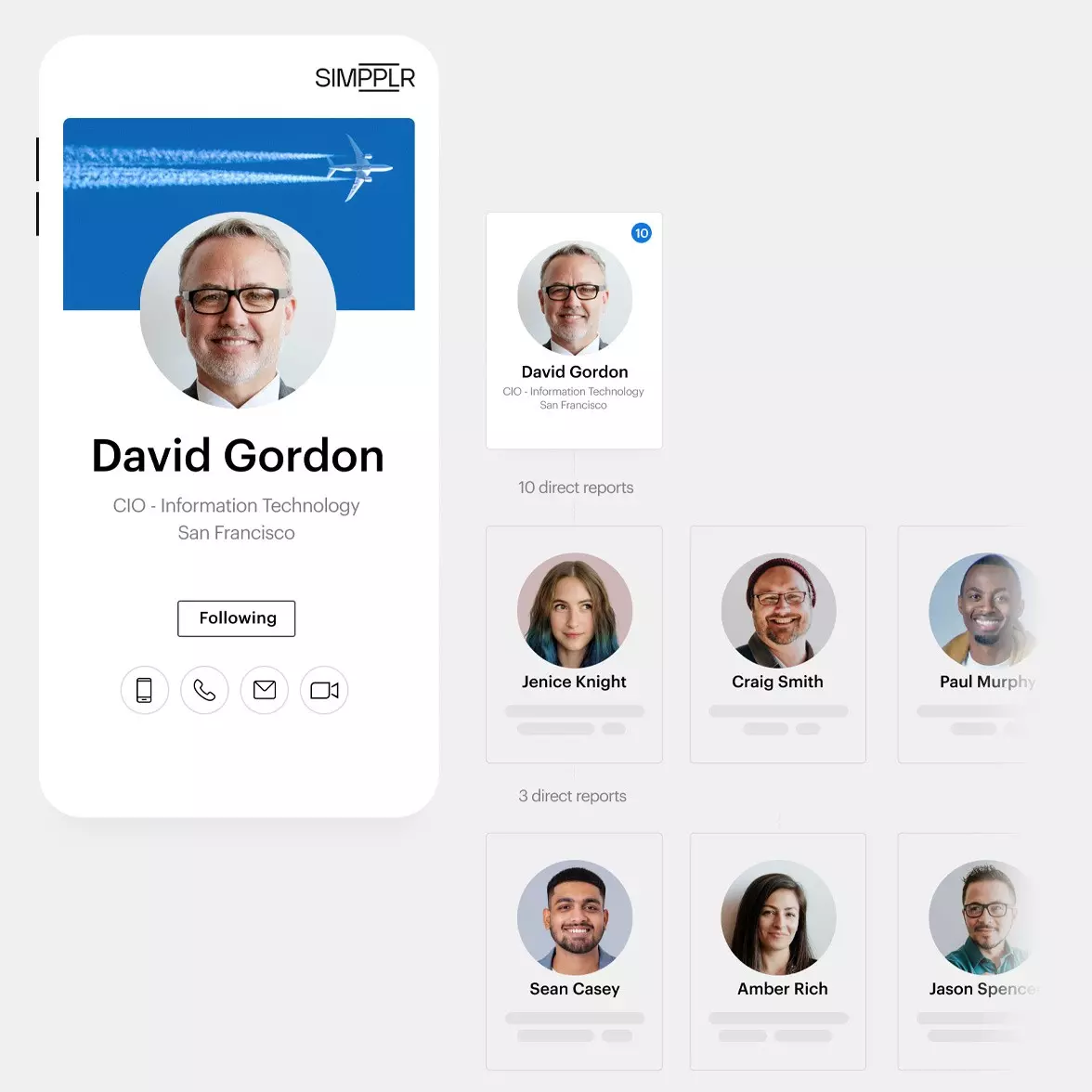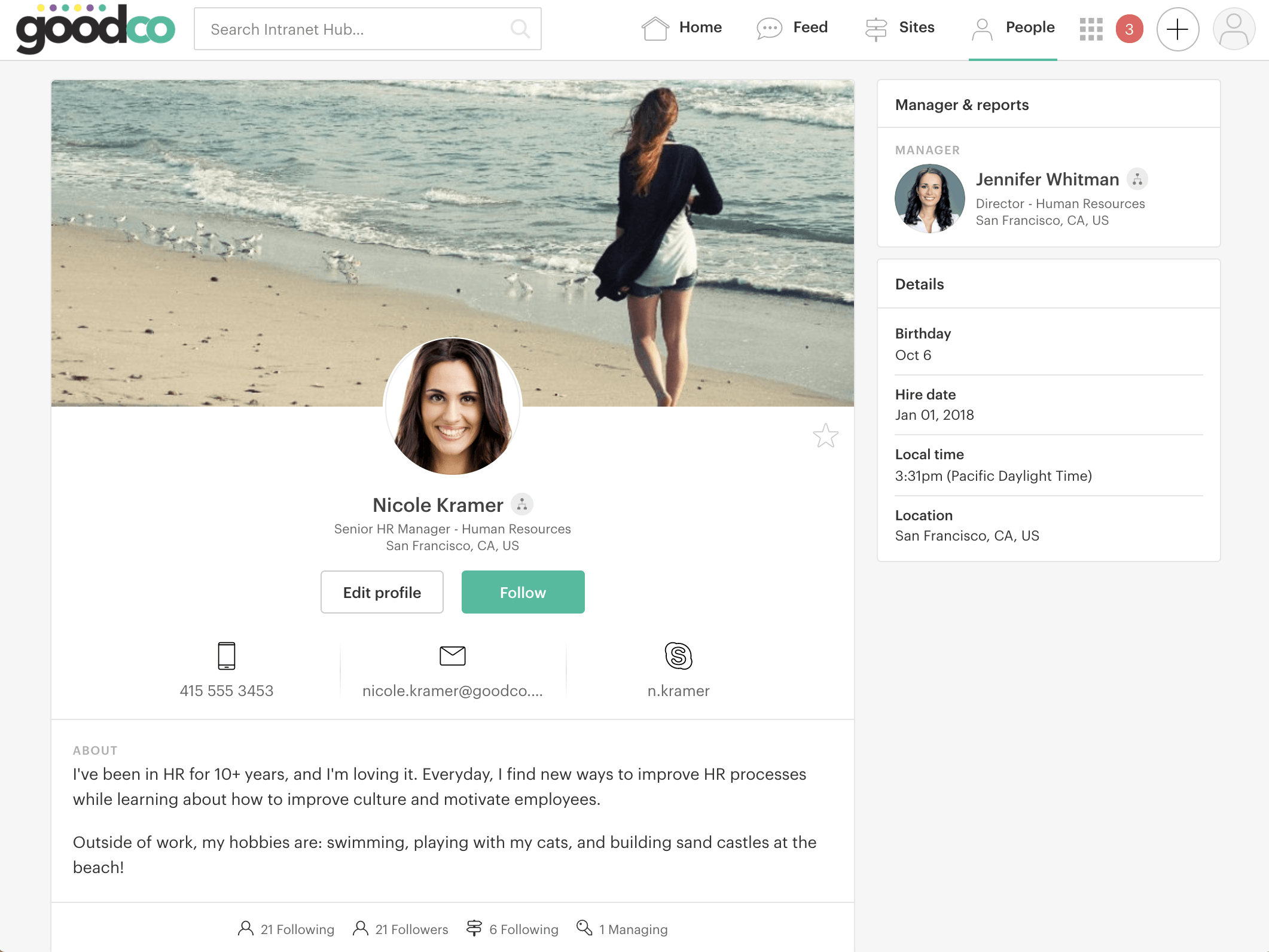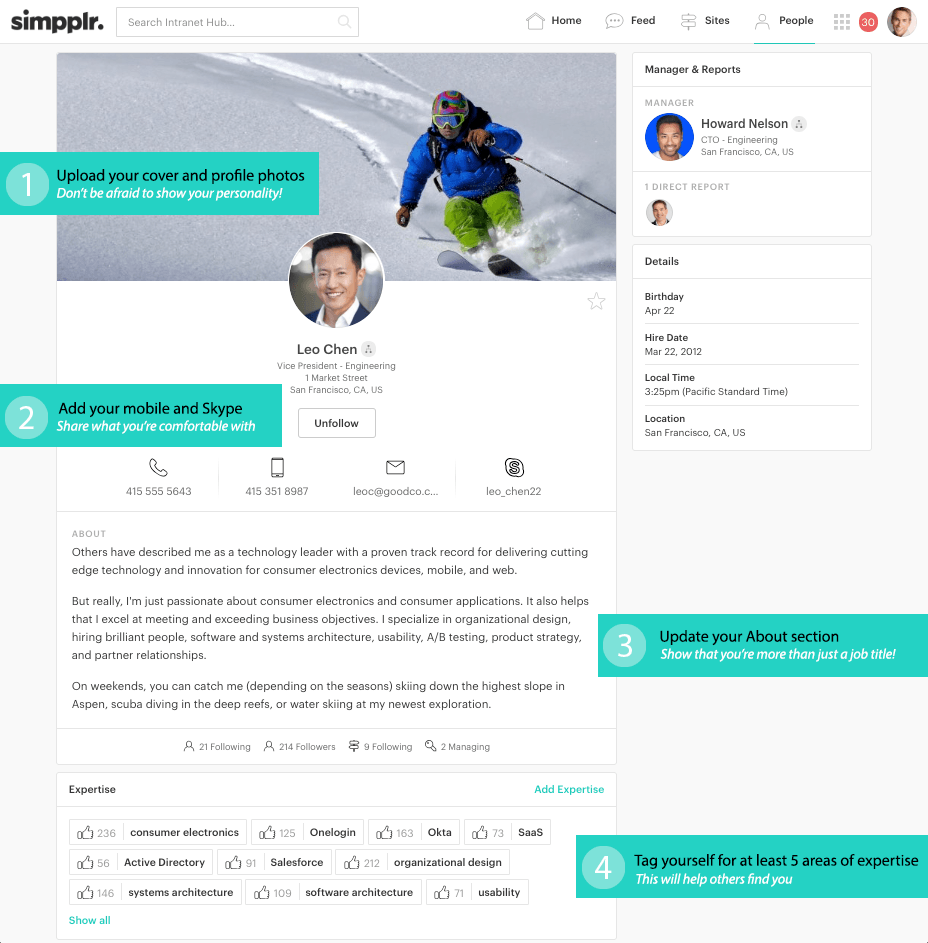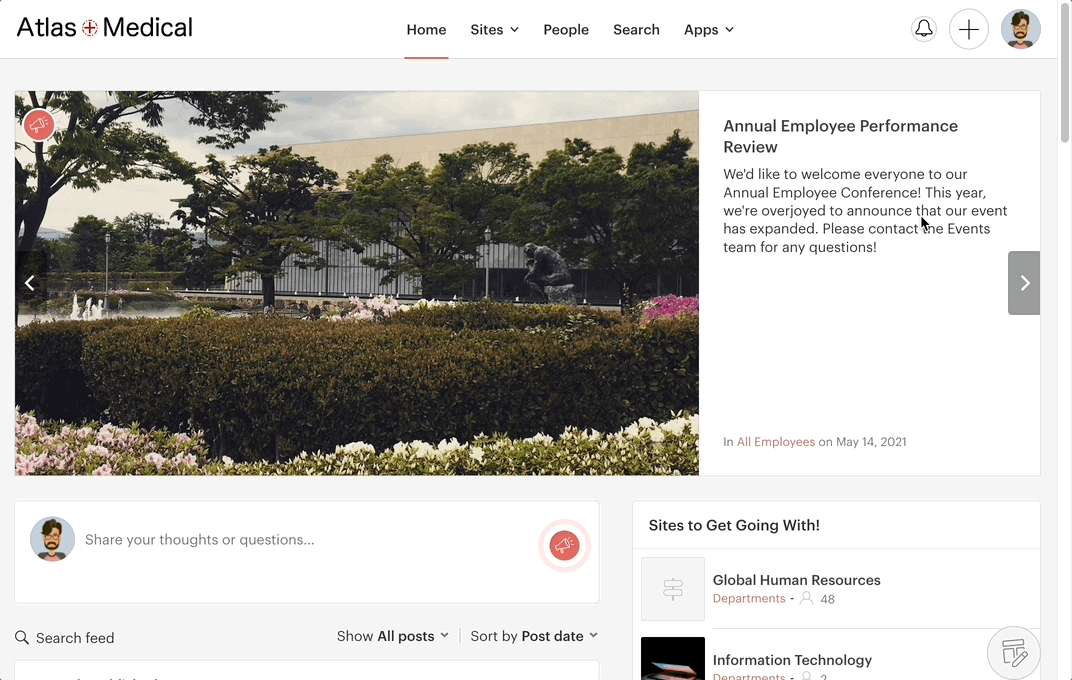The digital era has revolutionized the way businesses operate. Among the most important corporate resources we have today are employee directories. An employee directory, in essence, is a database with contact details and information about every staff member in an organization. Utilized appropriately, an employee directory can become a powerful tool in fostering workplace communication, collaboration, and employee engagement.
This guide aims to provide you with a comprehensive look at employee directories – why they are important, how you can best use them, and how to effectively manage them.
What Is an Employee Directory?
An employee directory is a company’s internal list or database containing details about its workforce. The information usually includes the employee’s full name, position, department, work email, phone number, and office location. Some directories may include additional data such as the employee’s skills, educational background, certification, or even hobbies.
The primary purpose of having an employee directory is to facilitate communication and collaboration among employees. It is a crucial tool that everybody within the organization can use to quickly find and contact the right person for specific tasks or projects.

Why is an Employee Directory Important?
An employee directory plays a vital role in fostering a collaborative and efficient work environment. It increases the visibility of every employee, promoting open interaction and teamwork. This directory becomes especially helpful for new hires who are still familiarizing themselves with their new colleagues and the organization’s structure.
Furthermore, an effective employee directory integrates with other workplace tools and systems, which speeds up work processes. For instance, a sales representative can use the directory to find the person responsible for supply-chain management to inquire about product availability. A developer can use it to quickly look up who in the IT department can help with a software glitch. In short, it’s an indispensable tool for daily operations.
Intranets and Employee Directory
In most organizations, the employee directory is part of the corporate intranet. It’s a highly effective way to share company news, documents, holiday information, and of course, access the employee directory.
Using an intranet for your employee directory provides a centralized hub where staff can find all the information they need. It also allows for quick updates and changes to be made in real-time, ensuring the directory is accurate and up-to-date. Furthermore, an intranet-based directory provides better security, keeping the employees’ information private and only visible to authorized personnel.
Potential Benefits of an Intranet-based Employee Directory
Automation of Processes and Enhanced Productivity
The use of an intranet-based employee directory can significantly reduce the time taken to gather information. Instead of needing to access an HR portal or Slack a coworker for help, employees can find information about their coworkers in one place. The immediate availability of necessary contact details speeds up the information-gathering process, eliminating unnecessary delays.
In addition, the integration capability of an intranet-based employee directory saves time in the maintenance of an employee directory. For example, a modern intranet such as Simpplr automatically pulls in user profile information on a nightly basis from Salesforce, Workday, Active Directory, UKG or Okta to sync any new changes in employee profiles. Basic information such as name, title, email, and etc are pulled in through such a sync, and you can create up to 25 custom fields as well.

Secure and Accessible Anywhere
An Intranet-based employee directory contributes to the security of employee information. As it can be accessed only within the organization’s network, it provides a secure platform for storing and accessing sensitive employee information. Yet at the same time, a modern intranet allows employees to access the company directory from their phone. This accessibility is especially beneficial for remote teams, ensuring that no matter where employees are working from, they have immediate and secure access to essential contact information.
How to Create an Effective Employee Directory?
Creating an effective employee directory is not a taxing process, but it does require a careful approach. The foremost step is gathering the necessary information about each employee. As mentioned earlier, this information typically includes full name, position, contact information, department, and office location. Extra details such as education, skills, or hobbies can also be added but ensure the employees are comfortable sharing this information.
The inclusion of a photograph can also be beneficial as it adds a human touch and helps employees, especially new hires, to put a face to the name. Making the directory searchable and categorizable by different parameters, such as department or job title, can also make it more user-friendly. Finally, it’s essential to keep the directory updated. A dedicated person or team could be made responsible for updating the directory whenever there’s a new hire, someone leaves, or an employee’s details change.
You can also train employees on what a great employee directory profile looks like, by providing new hires with a checklist of elements that they should include in their profile page when they are onboarded. An example intranet profile page, like the graphic below, providing employees with a concrete idea on how to set up their own profile page:

Read more: Best Practices: Getting employees to complete their intranet user profiles
Optimizing Employee Directory for Remote Work
As remote work becomes more prevalent, the use of employee directories has also adapted. For remote teams, the directory can be an excellent tool to boost collaboration, as it can be challenging to get to know colleagues when everyone’s working from different locations. Including information like different time zones, best times to contact, and preferred communication method can be beneficial for remote teams.
Furthermore, integrating the directory with tools that the team uses, such as project management software or communication platforms, can help streamline processes. For instance, an employee could easily find who is responsible for a specific project or task and reach out to them directly.
Challenges and Solutions in Managing an Employee Directory
While an employee directory is beneficial, there are also some potential challenges to be aware of. One of the main issues is maintaining privacy and security of the details listed in the directory. It’s crucial to ensure that the information is only available to authorized personnel and not accessible outside the organization. Using secure platforms and software can help address this concern.
Keeping the directory updated is another challenge, especially in larger organizations with high employee turnover. Having a dedicated person or team to manage the directory can be one solution. Another could be integrating the directory with other systems, such as HR or payroll, where employees’ details are updated regularly. This way, whenever changes occur in these systems, the directory would be automatically updated.
Simpplr makes it easy to monitor profile completeness. You just need to go to Global Analytics > People tab > Profile completeness. Here you can view a list of Profile completeness metrics. It also allows the option to download a CSV file that includes the names of users and the completed tasks they have undertaken.

Embracing Software Solutions for Employee Directory
In recent years, various software solutions have emerged to help manage employee directories more effectively. These tools not only make it easier to input and update information but also offer additional features such as searchability, integration with other tools, and security. Some even offer mobile apps, so the directory can be accessed from anywhere.
When choosing a software solution for your employee directory, consider your organization’s specific needs and constraints. Some important factors to consider are ease of use, scalability, integration with other systems, security features, and price.
Conclusion
An employee directory is more than just a list of names and contact information. It’s a tool that can significantly enhance communication, collaboration, and productivity within an organization. To make the most of an employee directory, it’s essential to keep it up-to-date, secure, and integrated with other workplace tools. Whether you’re a small business just starting to create an employee directory or a large organization looking to optimize your existing one, we hope this guide has given you a comprehensive understanding of the importance and potential of an effective employee directory.






